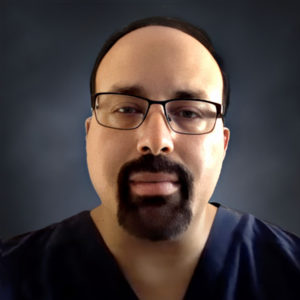Welcome to the Pain Medicine Section at the University of Puerto Rico – School of Medicine!
We are proud to offer a one-year clinical rotation grounded in hands-on experience and interdisciplinary collaboration. This experience provides a comprehensive academic environment where physicians can acquire the knowledge, technical skills, clinical judgment, and professional attitudes essential to the modern practice of pain management.
At the heart of the Clinical Rotation is the Interventional Pain Clinic, located adjacent to the School of Medicine, where physicians spend much of their clinical time. Under the guidance of our experienced faculty, participants engage in a broad range of pain management techniques, with a strong emphasis on interventional procedures.
Our schedule includes regular exposure to advanced pain therapies, such as neuromodulation, intrathecal drug delivery systems, and vertebroplasty, as well as opportunities to rotate through Physical Medicine & Rehabilitation (PM&R) and Neurosurgery – Spine services. In addition, physicians participate in the management of acute postoperative pain at both the University and Trauma Hospitals nearby.
We pride ourselves on fostering a friendly and supportive atmosphere built on mutual respect and academic excellence. Our clinical, OR, and administrative teams are fully committed to ensuring an exceptional educational experience for each rotating physician.
Thank you for your interest. We look forward to welcoming you to our community of dedicated pain medicine professionals.
Dr. Francisco Lebrón-Arzón
Director, Pain Management

